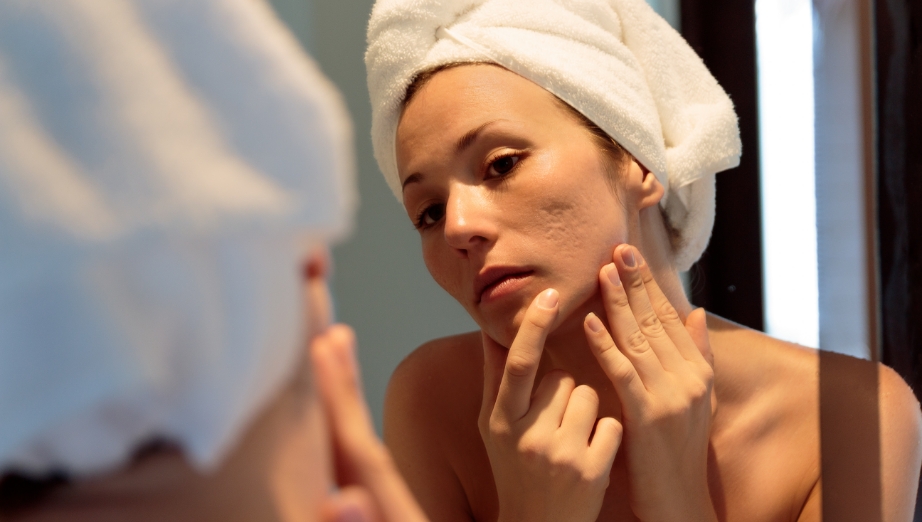Understanding Common Types of Skin Scarring: Your Guide to Exploring Management Options
Scarring is a natural part of the skin’s healing process, which can be a concern for some individuals. Understanding the different types of scars and available consultation options is important for those seeking to explore ways to manage their skin’s appearance. Here, we delve into the most common types of skin scarring and address the questions patients commonly ask when exploring these options.
The principal causes of scarring include:
- Wounds and Injuries: Any form of injury to the skin, whether from accidents, cuts, burns, abrasions, or surgical incisions, can lead to scarring. The severity of the wound and how well it heals influence the resulting scar.
- Acne: Acne breakouts can cause inflammation and damage to the skin, resulting in various types of scarring, such as atrophic scars (depressions) or hypertrophic scars (raised scars).
Atrophic Scars:
- Ice Pick Scars: These are deep, narrow scars that resemble small puncture marks on the skin’s surface. They are typically narrow and extend deep into the skin.
- Boxcar Scars: Boxcar scars are broad depressions with sharply defined edges, resembling craters or box-like shapes on the skin. They are wider than ice pick scars and can vary in depth.
- Rolling Scars: Rolling scars have a wavelike or undulating appearance and are caused by the pulling of underlying scar tissue beneath the skin’s surface. They create a shallow, wide depression on the skin.
- Hypertrophic Scars: The body develops hypertrophic scars when it produces excess collagen during the healing process. They may appear red or pink and can be itchy or uncomfortable. Unlike keloid scars, hypertrophic scars do not extend beyond the original wound site.
- Keloid Scars: Raised and thickened, keloid scars extend beyond the boundaries of the original acne lesion. They result from an overproduction of collagen during the healing process and may continue to grow. Keloids can be itchy, painful, and cosmetically bothersome.
- Infections: Skin infections, particularly those that are deep or severe, can lead to scarring as the body’s immune response attempts to heal the affected area.
- Skin Conditions: Certain skin conditions, such as chickenpox, shingles, and psoriasis, can cause scarring because of the body’s inflammatory response and the healing process of the skin.
- Surgical Procedures: Surgeries, whether elective or medically necessary, often result in scarring at the site of incision or tissue manipulation. The extent of scarring can vary depending on factors, such as surgical technique and individual healing characteristics.
- Trauma and Accidents: Traumatic injuries, including lacerations, punctures, and blunt force trauma, can cause scarring as the skin attempts to repair itself.
- Genetic Predisposition: Some individuals may be more prone to developing scars because of genetic factors that influence collagen production and skin healing processes.
- Foreign Bodies: Presence of foreign objects or debris within a wound can interfere with the healing process and increase the likelihood of scarring. Common examples of this include piercings in the upper part of the ears..
Types of Skin Scarring:

- Hypertrophic Scars: These scars appear raised and often have a red or pink colour. They form when the body produces too much collagen during the healing process.
- Atrophic Scars: A loss of tissue characterises atrophic scars, resulting in a depression or indentation in the skin. These include ice pick scars, boxcar scars, and rolling scars commonly seen in people living with acne.
- Keloid Scars: Keloids are thick, raised scars that extend beyond the original wound site. They can be itchy, painful, and may continue to grow.
- Contracture Scars: Typically resulting from burns, contracture scars tighten the skin, potentially impairing movement and causing discomfort.
- Stretch Marks (Striae): Stretch marks often occur because of rapid stretching of the skin, commonly during pregnancy or significant weight gain or loss. They appear as lines or streaks on the skin.
Frequently Asked Questions
What are the consultation options for scars?
The consultation options we can discuss include topical products, such as silicone gels and creams, and various in-clinic procedures. These may include Collagen Induction Consultations, Advanced Chemical Peels, Advanced Laser Scar Revision Consultations, Consultations for Inflammatory Conditions, Consultations for Deep Acne Scars, Consultations for Tethered Scars, and discussions about surgical options.
Will the appearance of my scars change over time without intervention?
While the appearance of some scars may change naturally over time, others may remain prominent without intervention. A consultation allows you to explore options and understand what to expect. The goal is to help you make an informed decision about managing your scar’s appearance.
What is the timeline for a scar management plan?
The timeline for any scar management plan varies depending on the type of consultation discussed and the nature of the scar. Some plans may involve a series of appointments over a few weeks, while others may be discussed over a period of several months. We will cover all expected timelines during your consultation.
What is the expected experience during a consultation?
Discomfort levels associated with different procedures can vary. We will discuss the expected sensation for any option you are exploring. Many procedures are generally well-tolerated, and we can discuss options like topical anaesthesia or numbing creams.
Are there any potential side effects or risks associated with these procedures?
While the procedures we discuss are considered safe, all procedures have potential side effects. We will discuss these with you, and they may include temporary redness, swelling, itching, or changes in pigmentation. We will cover all potential risks, including rare complications like infection or further scarring, during your assessment.
Can these procedures completely change the appearance of scars?
The goal of a consultation is to discuss options that may help manage the appearance of scars. It is important to have realistic expectations, as a complete change may not always be possible. We will discuss what you can expect in terms of managing their visibility and texture, so you can make an informed decision.
Are these consultation options suitable for all skin types and tones?
Many of the options we discuss are suitable for a wide range of skin types and tones. However, we will assess your skin during the consultation, as certain procedures may have different risk profiles for individuals with darker skin tones, which we will explain in detail.
Are there any lifestyle changes I should make to support my skin during a management plan?
Maintaining a healthy lifestyle, including a good skincare routine, hydration, and avoiding smoking and excessive sun exposure, can support your skin’s natural processes. We will discuss any specific recommendations during your consultation.
How do I choose the right consultation option for my specific type of scarring?
A consultation with a clinician at Shellharbour Skin is essential for exploring the most suitable options. During this appointment, we will conduct an assessment based on your unique skin type, scar characteristics, goals, and medical history to help you understand the choices available to you.
If you have a question, get in touch and one of our staff will be in touch shortly.




